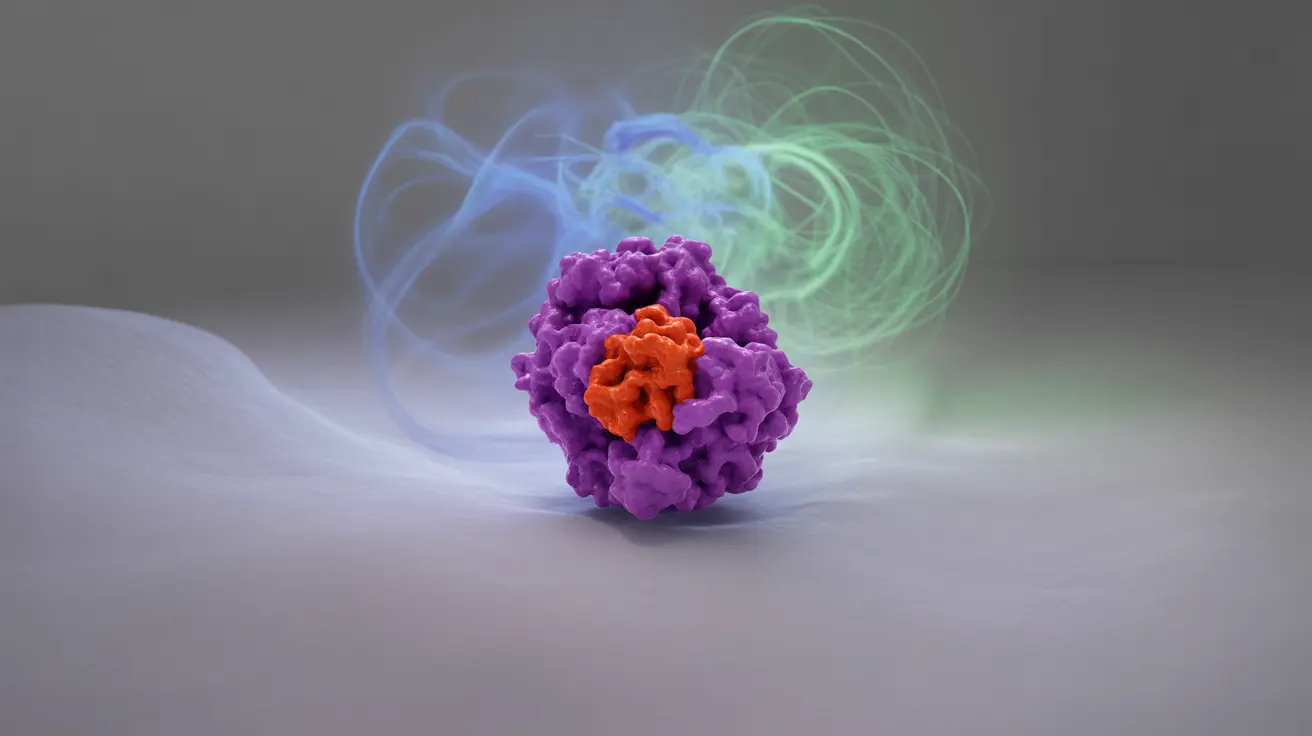For the millions of Americans who suffer from migraines, recent developments in medication options bring new hope for both acute relief and prevention. The landscape of migraine treatment has evolved significantly, with several groundbreaking medications receiving FDA approval in recent years. This comprehensive guide explores the latest advances in migraine treatment, from innovative drug therapies to cutting-edge devices.
Understanding the Latest CGRP Antagonist Medications
One of the most significant breakthroughs in migraine treatment has been the development of CGRP (Calcitonin Gene-Related Peptide) antagonists. These medications work by blocking CGRP, a protein that plays a crucial role in migraine pain signaling. Recent FDA approvals in this category have expanded treatment options for both acute and preventive care.
Preventive CGRP Medications
The newest preventive CGRP medications include monthly injectable options and oral tablets. These treatments have shown impressive results in clinical trials, with many patients experiencing a significant reduction in monthly migraine days. Some patients report fewer side effects compared to traditional preventive medications.
Acute CGRP Treatments
For immediate relief during migraine attacks, new rapid-acting CGRP antagonists offer promising alternatives to traditional triptans. These medications can provide relief within two hours and may be especially beneficial for patients who haven't responded well to other acute treatments.
Symbravo: A Novel Combination Therapy
Symbravo represents an innovative approach to migraine treatment, combining the benefits of multiple mechanisms of action. This new medication combines an NSAID with a triptan, offering enhanced effectiveness for acute migraine relief. Clinical studies have shown promising results in terms of both pain relief and tolerability.
Advanced Non-Drug Treatment Options
The newest developments in migraine care aren't limited to medications. FDA-cleared neuromodulation devices offer non-pharmaceutical alternatives for both prevention and acute treatment. These devices use various technologies to interrupt pain signals and provide relief without the potential side effects of medications.
Types of Neuromodulation Devices
Current options include:
- External trigeminal nerve stimulation devices
- Transcranial magnetic stimulation units
- Electrical nerve stimulation devices
- Wearable pain-relief technologies
Safety Considerations and Side Effects
While the newest migraine medications offer exciting possibilities, understanding their safety profiles is crucial. Common side effects vary by medication class, and some patients may need to try multiple options before finding their optimal treatment.
Important Safety Considerations
Key factors to consider include:
- Individual medical history and contraindications
- Potential drug interactions
- Cost and insurance coverage
- Long-term safety data
- Regular monitoring requirements
Frequently Asked Questions
What are the newest FDA-approved medications for treating acute and preventive migraine? The newest FDA-approved medications include several CGRP antagonists for both prevention and acute treatment, as well as combination therapies like Symbravo. Recent approvals have focused on both injectable and oral formulations, providing more options for personalized treatment approaches.
How do CGRP antagonist drugs work to prevent and treat migraines? CGRP antagonist drugs work by blocking the action of calcitonin gene-related peptide, a protein involved in pain transmission and inflammation during migraine attacks. By preventing CGRP from binding to its receptors, these medications can both prevent migraines and provide relief during acute attacks.
What is Symbravo, and how does it compare to other migraine treatments in terms of effectiveness and safety? Symbravo is a novel combination therapy that combines an NSAID with a triptan medication. Clinical trials have shown it to be effective for acute migraine relief, with the dual mechanism of action potentially providing better pain relief than single-agent treatments. Safety profiles are comparable to existing treatments, though individual responses may vary.
Are there any new non-drug options like neuromodulating devices that can help with migraine relief? Yes, several FDA-cleared neuromodulation devices are now available. These include external trigeminal nerve stimulators, transcranial magnetic stimulation units, and other electrical nerve stimulation devices. These options can be particularly beneficial for patients who prefer non-pharmaceutical approaches or cannot tolerate traditional medications.
What are the potential risks and side effects associated with the latest migraine medications, especially those combining NSAIDs and triptans? Common side effects of newer migraine medications may include injection site reactions (for injectable CGRP antagonists), nausea, and fatigue. Combination therapies like those containing NSAIDs and triptans require careful monitoring for cardiovascular risks and gastrointestinal effects. Individual risk factors should be evaluated by a healthcare provider.




